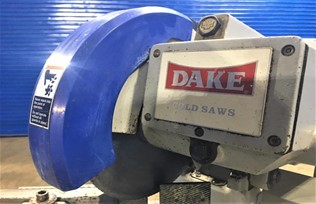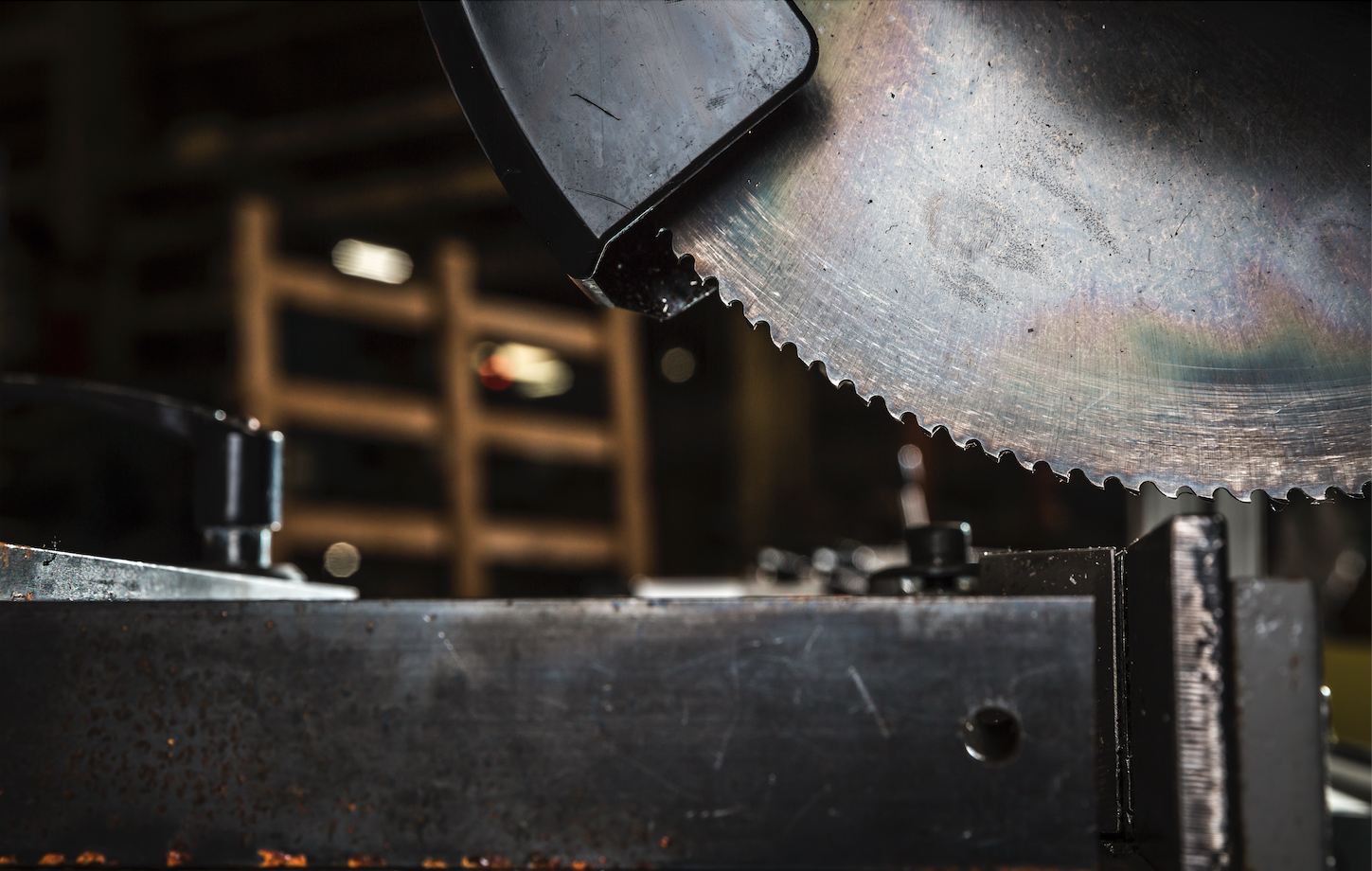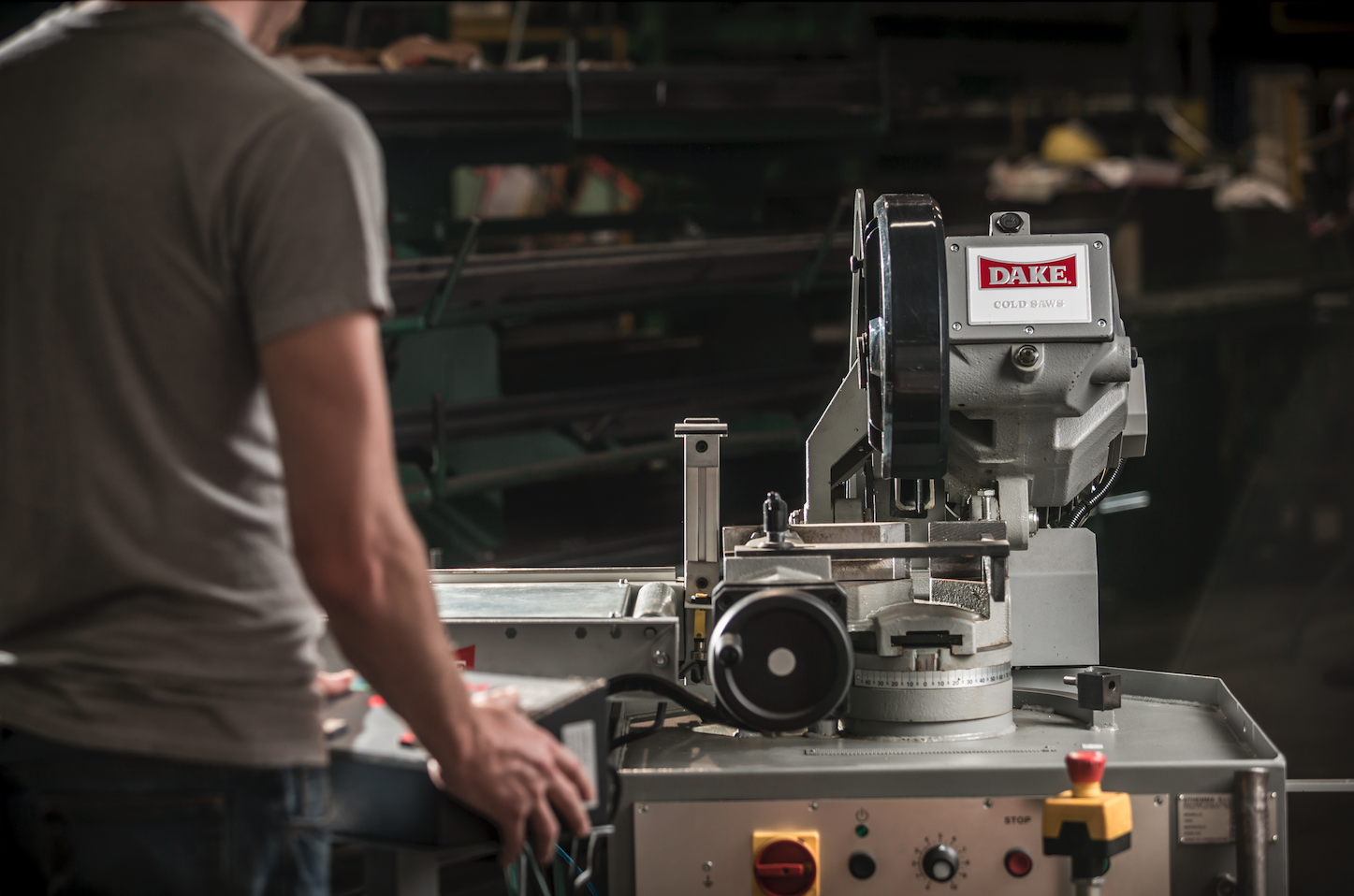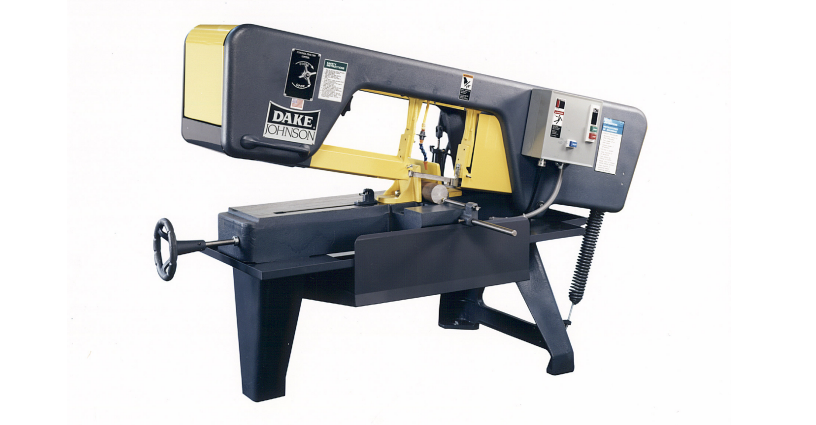If you are in manufacturing, there’s a good chance you’ve been pulled into the debate over whether coated saw blades are better than the uncoated type. Cold saw blades, like other types, are available in various materials, construction, and teeth, and you choose the one that’s right for your specific application. No controversy there.
But when it comes down to choosing a coated blade vs. an uncoated one, the opinions start coming out, and both sides bring their most convincing arguments.
Let’s just say that, initial costs aside, coated blades have the upper hand on their uncoated relatives. Most saw blades are made from high-speed steel (HSS). And while HSS is a relatively strong alloy, it probably isn’t tough enough for dedicated cutting.
A coating, often made of titanium nitride (sometimes with carbon added), is harder and usually helps strengthen the high-speed steel and make it more durable. The coating gives the blade a longer-lasting and harder tooth edge, both of which are ideal for those lengthy production runs. Another advantage is that the smooth finish that the blades have after coating reduces resistance and minimizes friction—helping to ramp up production even more.
Two primary drawbacks to coated blades are the higher initial cost and the fact that each time the blades are sharpened, some of the coating is taken away, exposing the high-speed steel teeth.
If you decide that the pros of coated cold saw blades outweigh any cons and that the additional upfront cost of a coated blade is paid back in longevity and efficiency, then here is what you should know about coatings:
Black Oxide Coating
If you have read this far, you probably agree that cold saw blades used to cut steel products should have a coating. And the most common one is black oxide, also known as vapor steam coating. Black oxide helps to prevent the galling caused by friction between sliding surfaces. Galling most often occurs in metal-on-metal applications when there is not enough lubrication between the two metals. The combination of the coated blade and your flood coolant will prevent this issue.
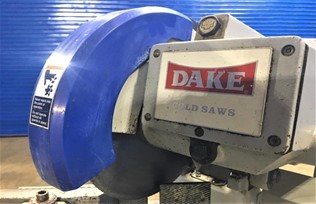
The Dake 14” Semiautomatic Cold Saw with a Black Oxide Coated Blade
(Photo Credit: Industrial Machinery Assets)
TiN Coating
Right behind black oxide in popularity are the TiN-coated blades. TiN (titanium nitride) increases the wear resistance even more than black oxide. Identifiable by their gold surface color, TiN-coated blades are favored for cutting thin stainless parts such as thin-wall tubing. When used on a cold saw, TiN-coated blades should provide substantially longer edge life. To get the most from the TiN coating’s improved capabilities, the blades should be run at cutting speeds 50–100 % higher than high-speed steel.
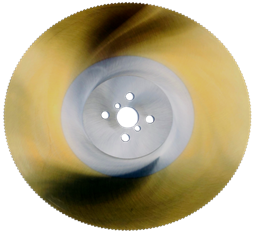
The Distinctive Gold Surface of the TiN-Coated HSS Blade (Photo Credit: Cold Saw Shop)
TiCN Coating
Adding carbon to the TiN coating produces Titanium Carbon Nitride (TiCN), which offers an even lower friction coefficient than titanium nitride or titanium aluminum nitride (TiAlN). Blue-gray in color, TiCN has a hard, smooth finish giving much better wear and edge resistance. TiCN has a considerably lower temperature threshold making it an excellent choice for sawing stainless steels, high nickel alloys, and non-ferrous materials.
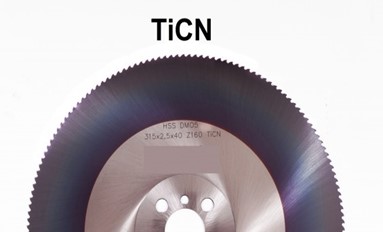
The Blue-Gray TiCN-Coated Cold Saw Blade (Photo Credit: The Blade Manufacturing Co.)
TiAlN Coating
Titanium aluminum nitride (TiAlN) is the highest temperature-resistant coating on the market. Violet in color, TiAlN offers high surface hardness and resistance to heat and oxidation. It is an excellent choice for shops who do production sawing or anyone having issues with blade life when cutting stainless steel, titanium alloys, Inconel, cast iron, or tool steel. A versatile coating, it is also appropriate for cutting aluminum, bronze, and plastic.
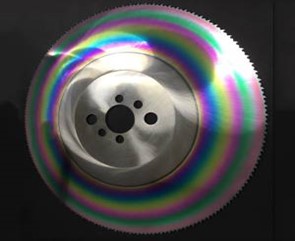
The Violet-Colored TiAlN-Coated Cold Saw Blade (Photo Credit: CICIG)
M35 Cobalt Blades
Another option to add to the coated cold saw blades is the M35 cobalt blade. These blades are made from M35 tool steel containing 5% cobalt. They are high-speed steel blades with an extra hardness of 66 HRc. They work well when cutting stainless steel, tool steels, titanium, and Inconel.
Remember, the blade’s material or the coating on it is not the only factor in getting the maximum life from your cold saw blade. You need to ensure you are using the optimal number of teeth on your blade for your application and running at the right speed. Put all those factors together, and you will see many more pieces before you even think of replacing the blade.
Get the most extended life from your coated blade by putting it on the very best cold saw
Our metalworking cold saws are rugged and rigid, reducing chatter and vibration for a precision cut on all metal types. All three models—manual, semiautomatic, and automatic—have heavy-duty spindles and gearbox assemblies for years of trouble-free performance.
For more information, fill out our contact form, call us at 1-800-937-3253, or email us.
-1.jpg?width=1200&height=525&name=DAKE003_%20Logos_Red%20(002)-1.jpg)
